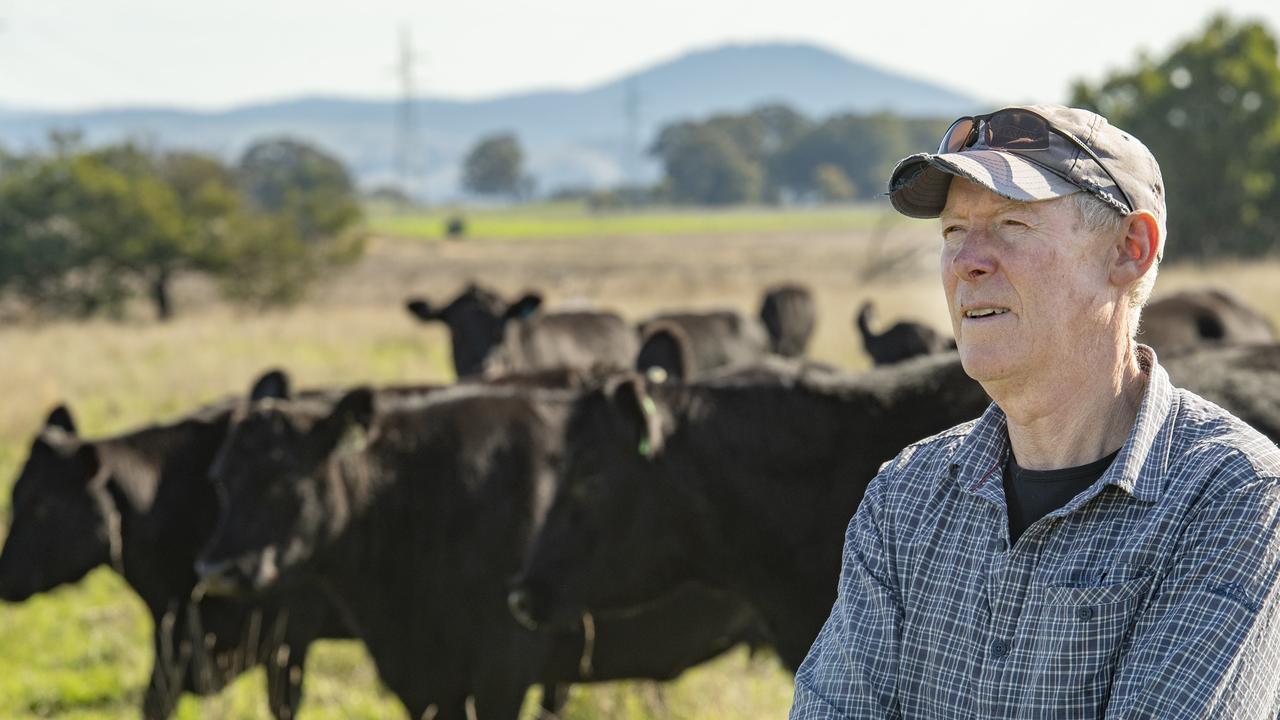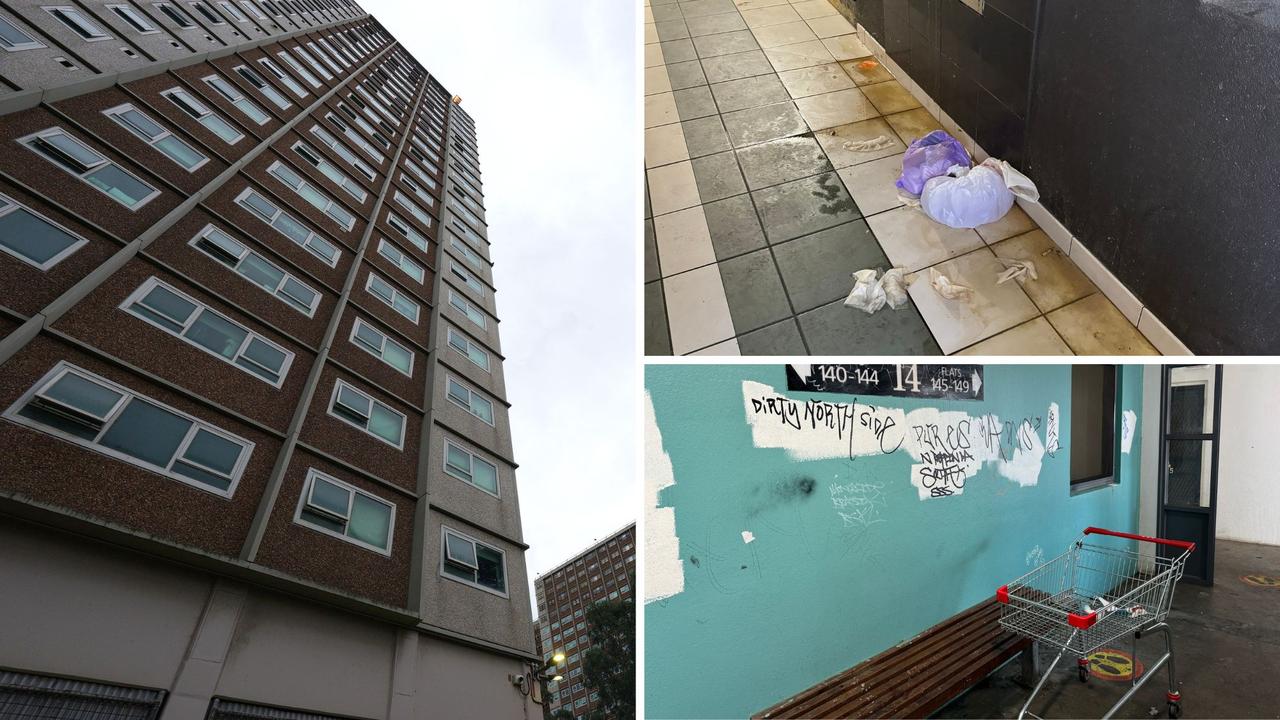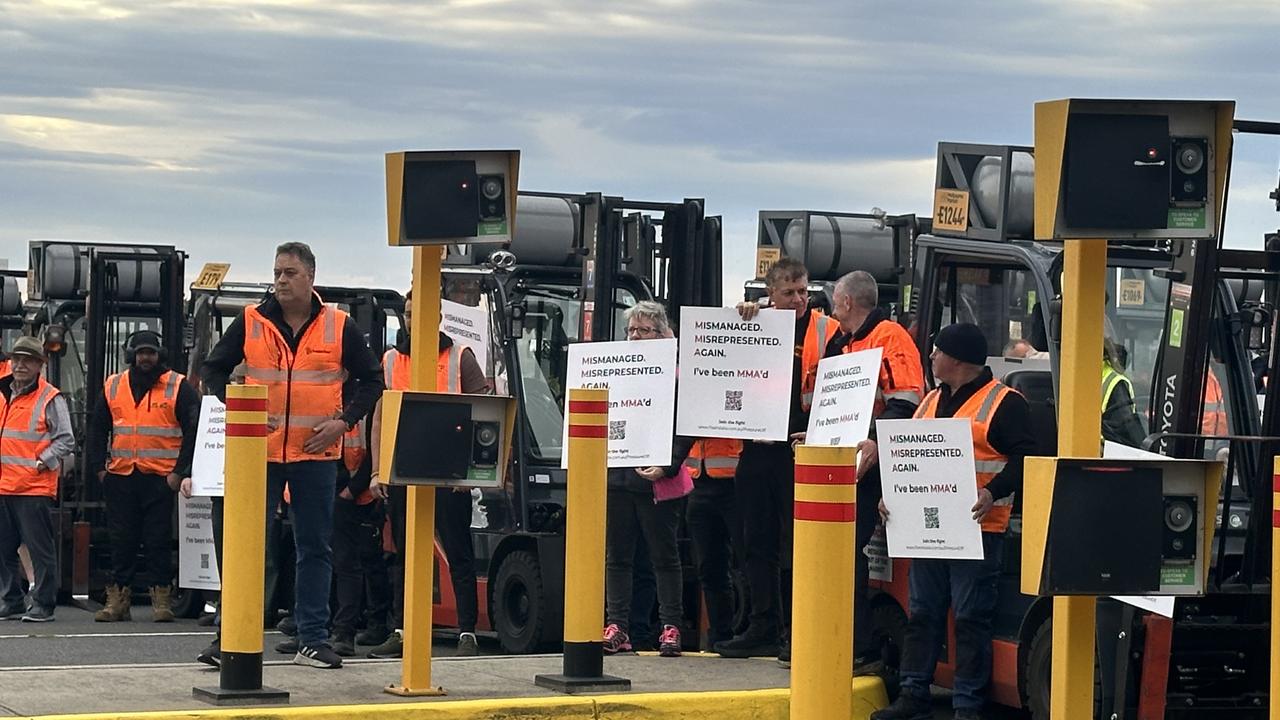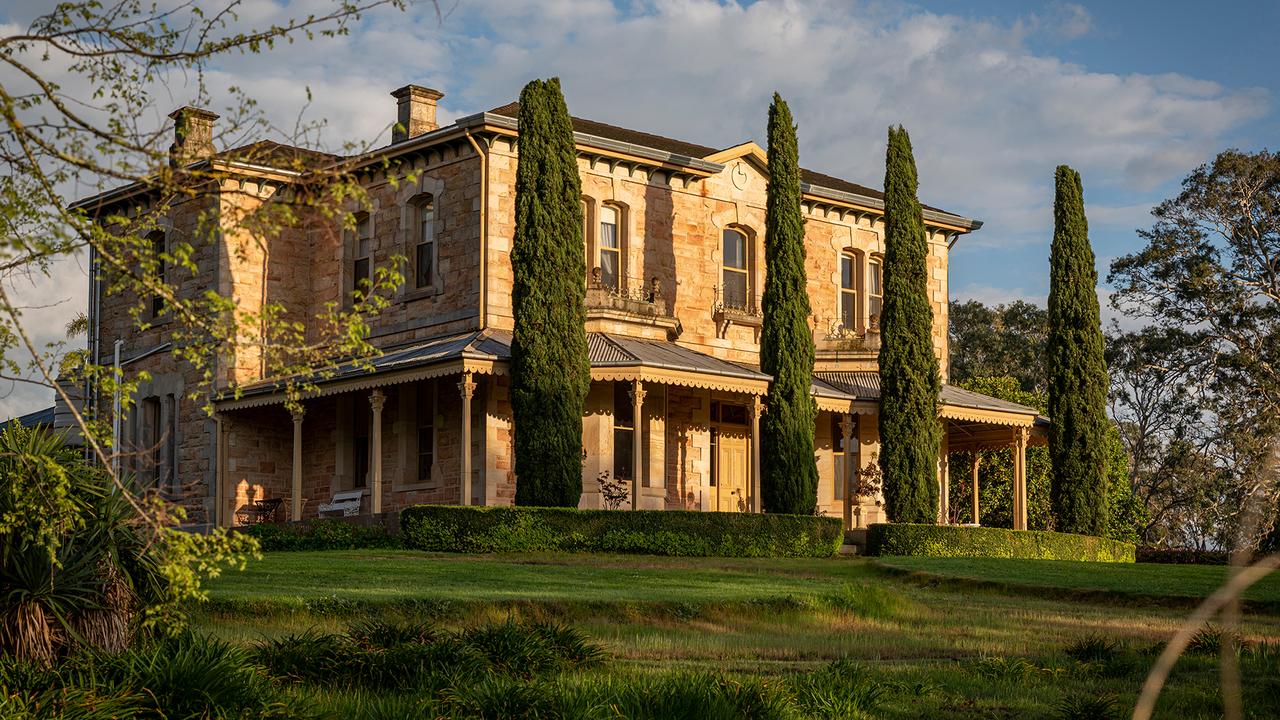Victorian Government guts regional spending amid cost of living crisis
Regional Victorians are paying more for water, electricity and rates than Melburnians, as our special cost of living investigation uncovers the hardships.

Victoria
Don't miss out on the headlines from Victoria. Followed categories will be added to My News.
The Allan Government is gutting crucial regional development and jobs spending by almost 80 per cent, as the cost-of-living burden continues weighing down on country communities.
Regional Victorians are already paying 21 per cent more for water than Melburnians this financial year, up to 30 per cent more for electricity, and twice as much in rates on properties of the same value.
At the same time, the government’s own performance measures show it has slashed its regional development spending from more than $1 billion annually, to just $250 million this financial year.
Regional development funding has helped deliver 1349 projects since 2016, ranging from upgrading country tennis courts and community art centres to co-investing with local businesses in orchardists’ cool stores expansions, cheese manufacturing, refurbishing abattoirs, waste management facilities and industry hubs.
Municipal Association of Victoria president David Clark said “you’ll find there’s a whole range of businesses that would not have happened without that funding – SPC, dairy upgrades, abattoirs”.
But now that funding has been wound down, so has the government’s ability to stimulate regional communities, industry and jobs growth.
Every year from 2017-18 to 2021-22 the government’s regional investment funds created anywhere from 1800 to 2400 jobs, according to its performance measures.
Those job numbers then slumped to 1017 in 2022-23, 450 in 2023-24 before finally settling at this financial year’s target of 250.
Mr Clark said regional communities were “not getting our share of the spending, (which) puts us behind the eight-ball”.
“Twenty five per cent of people live outside Melbourne, but 90 per cent of the funding is spent on the city,” he said.

Until recently much of the government’s spending had been directed through the “flagship” Regional Jobs and Infrastructure Fund, which it stated was “central to driving growth and recovery in rural and regional Victoria”.
The RJIF was in turn made up of three components: the Regional Jobs Fund, Regional Infrastructure Fund and Investment Fast-Track Fund.
Yet each of these funds’ websites state applications for funding “closed at 11.59pm 17 August 2022”.
Regional Development Minister Gayle Tierney was asked if RJIF still existed or been dismantled.
Rather than answering the question, she relied on a government spokesman to respond, who simply said: “Victoria is home to vibrant and diverse communities across every corner of our state.
“That’s why our $4.5 billion annual average investment in the regions – $45 billion since 2014 – speaks volumes compared to their measly $1.8 billion when the Coalition were last in government.”
“Our latest Budget invests about 28 per cent of place-based expenditure in our regions — to support local jobs close to home, more community infrastructure, and to attract more visitors, boosting local economies.”
Yet Independent Parliamentary Budget Office analysis, commissioned by the Victorian Nationals, shows the government’s 2024-25 asset investment in the regions was just $9264 per person in the regions compared to $23,625/person in metropolitan Melbourne.
Nationals leader Peter Walsh said the PBO’s analysis the past three Labor budgets showed regional Victoria was getting just 11 to 13 per cent of the government’s asset investment.
“Ten years ago we had a $1bn Regional Growth Fund,” he said. “Now there’s nothing.”
As for the RJIF, Mr Walsh said “it may not be dead, but it’s barely breathing”.
Regional Development Victoria’s website shows no RJIF funding allocations have been made in 2024 and the only funds rolling out the door are from the government’s Tiny Towns Fund, which add up to $6.3m to date.
Regional Cities Victoria, which represents Ballarat, Bendigo, Geelong, Horsham, Latrobe, Mildura, Shepparton, Wangaratta, Warrnambool and Wodonga councils, has previously stated its members were “extremely disappointed” in RJIF’s decline.
“Councils have previously funded vital projects such as The Ballarat Community Hub, a new warehouse for Shepparton Foodshare, and town centre revitalisations in several regional cities through RJIF,” RCV stated in its 2024-25 budget submission.
“Without this funding stream there is no Victorian government support available for local civic infrastructure projects in our growing regional cities, at a time when it is needed most. “Councils are already facing budget constraints, having to operate in a tight fiscal environment and grapple with escalating costs and supply issues. Due to a lack of government support many local projects have been, or will be, put on hold.”
Originally published as Victorian Government guts regional spending amid cost of living crisis






